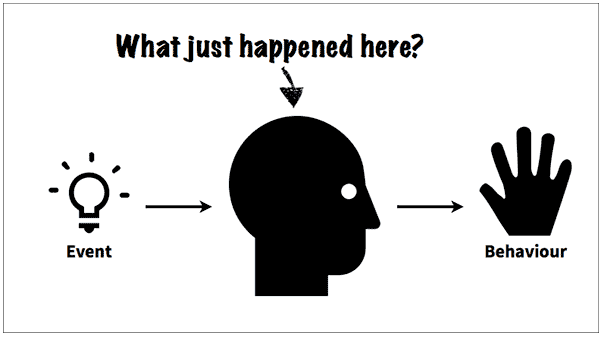Flow – a state of optimal experience characterized being fully focused and engaged in an activity – has been regarded as one of the most important psychological outcomes of gamification and games. It is most commonly understood to comprise of nine dimensions: challenge-skill-balance, clear goals, control, (immediate) feedback, autotelic experience,loss of self-consciousness, time transformation, concentration, and merging action-awareness. Currently, there are few studies investigating flow particularly in the context of gamification (See Hamari, Koivisto & Sarsa, 2014) and therefore there is little knowledge as to which dimensions of flow would be especially emergent in the context of flow. To this end we conducted a two-fold study: 1) We investigated the salience of the different dimensions of flow in gamification and 2) the psychometric properties of the DFS-2 flow measurement instrument. Continue reading
Monthly Archives: August 2014
Gamification Absolved?
 The study by Mekler and colleagues doesn’t disprove the undermining potential of gamification: It shows that simplistic debates whether gamification “does” or “doesn’t work” are obsolete – as are mere effect studies. From this point on, without proper theories and mediation studies testing them, gamification research won’t learn anything new or important. Continue reading
The study by Mekler and colleagues doesn’t disprove the undermining potential of gamification: It shows that simplistic debates whether gamification “does” or “doesn’t work” are obsolete – as are mere effect studies. From this point on, without proper theories and mediation studies testing them, gamification research won’t learn anything new or important. Continue reading
Gamification Considered Harmful?
Points, levels and leaderboards are often perceived as the bread and butter of gamification. Gabe Zichermann and Christopher Cunningham (2011) even call them “the heart of any gaming system” and “an absolute requirement for all gamified systems”. Game designer Margaret Robertson (2011) on the other hand decries this practice as pointsification and deems it “the thing that is least essential to games”. Similarly, Chris Hecker (2010) warned game designers not to blindly resort to achievements (or points, levels and leaderboards for that matter), because they could stifle players’ intrinsic motivation, that is, their desire to engage with a game (or gamified service). Continue reading